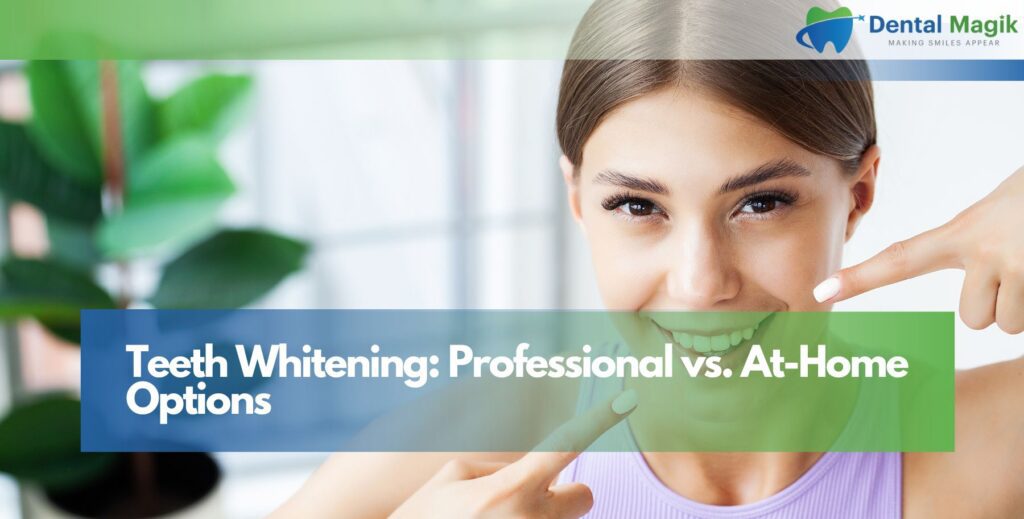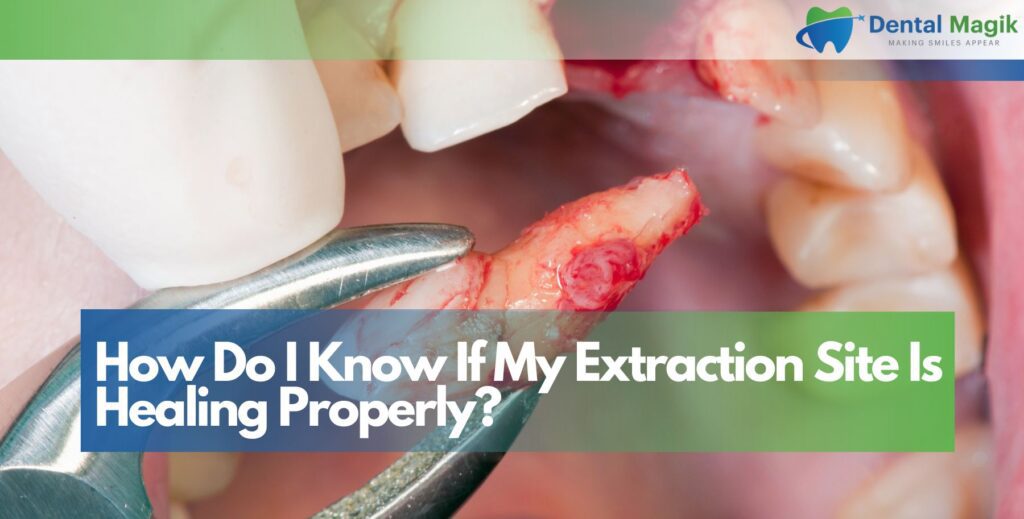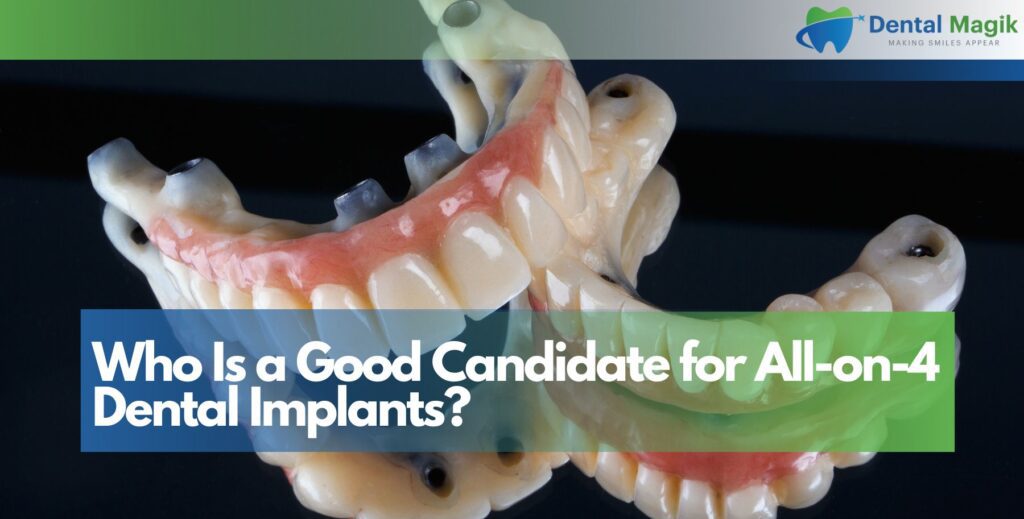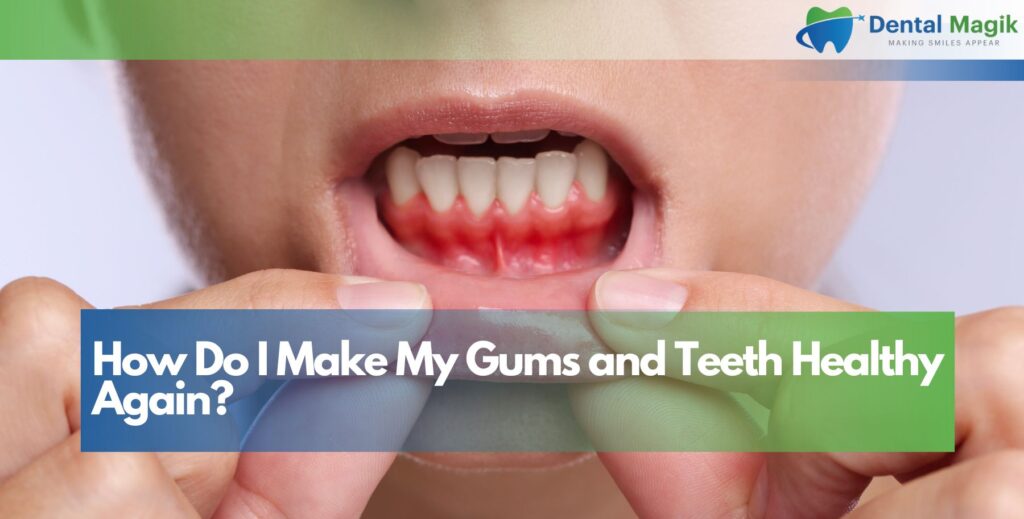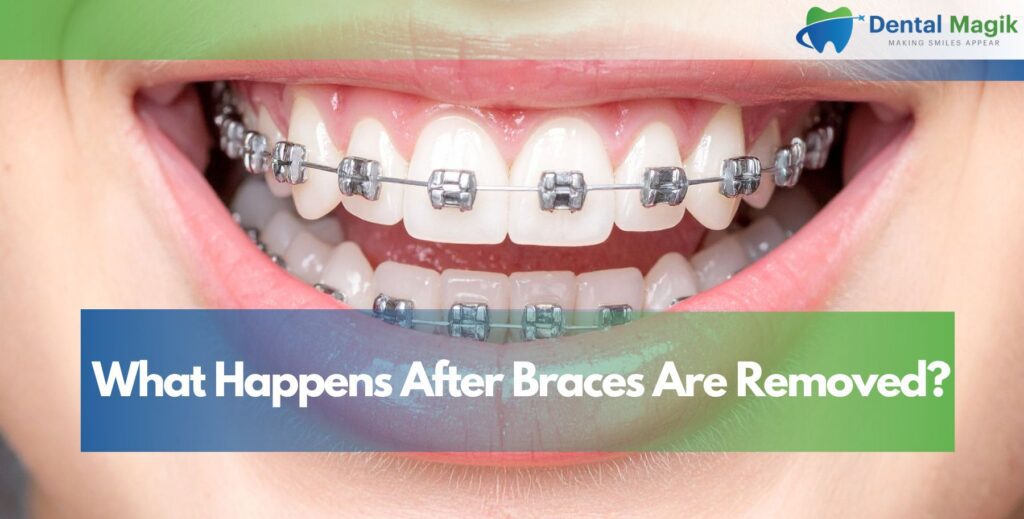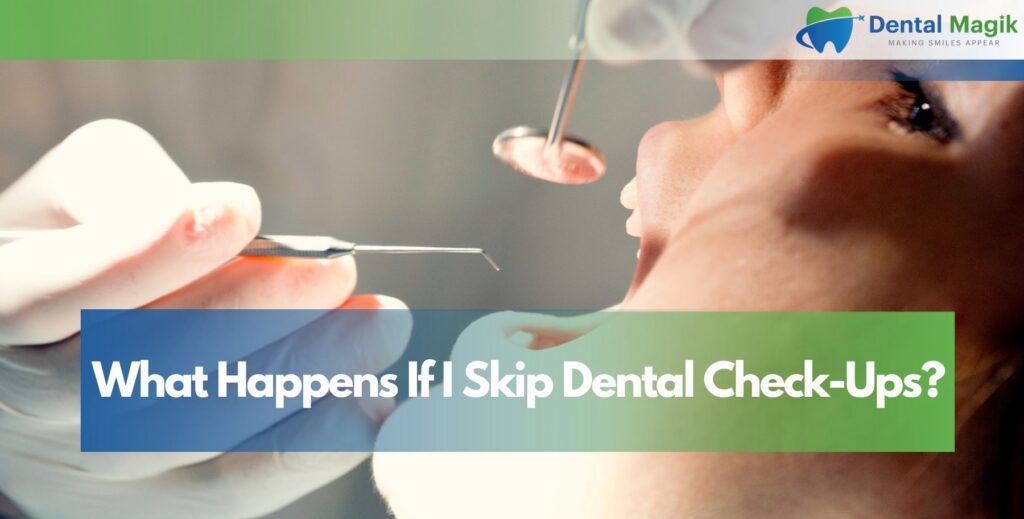A bright, white smile can boost your confidence and make a lasting impression. With numerous teeth whitening options available today, choosing between professional treatments and at-home solutions can feel overwhelming. Whether you’re dealing with coffee stains, aging-related discoloration, or simply want to enhance your natural smile, understanding the differences between professional and at-home whitening methods will help you make an informed decision that fits your needs and budget.
Understanding Teeth Discoloration
Before diving into whitening options, it’s important to understand why teeth become discolored in the first place. Tooth discoloration occurs due to various factors that can be categorized into two main types: extrinsic and intrinsic stains.
Extrinsic stains affect the outer layer of your teeth (enamel) and are typically caused by lifestyle factors such as consuming coffee, tea, red wine, or tobacco products. These surface stains are generally easier to remove and respond well to most whitening treatments.
Intrinsic stains, on the other hand, occur within the tooth structure itself and can result from factors like aging, certain medications, excessive fluoride exposure, or trauma to the tooth. These deeper stains are more challenging to address and often require professional intervention for optimal results.
Professional Teeth Whitening Options
Professional teeth whitening treatments offer the most dramatic and reliable results, performed under the supervision of dental professionals who can customize the treatment to your specific needs.
In-Office Whitening Treatments
In-office whitening is considered the gold standard for teeth whitening, offering immediate and significant results in a single appointment. During this procedure, your dentist applies a high-concentration bleaching gel (typically containing 15-35% hydrogen peroxide) directly to your teeth after protecting your gums with a special barrier.
The treatment usually takes 60-90 minutes and can lighten your teeth by 3-8 shades in one session. Many dental offices use advanced light or heat activation systems to enhance the whitening process, though the effectiveness of these activation methods is still debated among dental professionals.
The main advantages of in-office treatments include immediate results, professional supervision to minimize sensitivity, and the ability to address stubborn stains that at-home methods might not reach. However, this option comes with a higher price tag, typically ranging from $500 to $1,500.
Custom Take-Home Trays from Your Dentist
Many dentists offer custom-fitted whitening trays as an alternative to in-office treatments. This option combines professional-grade whitening gel with the convenience of at-home use. Your dentist creates precise impressions of your teeth to fabricate custom trays that fit perfectly, ensuring even gel distribution and minimizing gum irritation.
The whitening gel provided by dentists is stronger than over-the-counter options (usually 10-22% carbamide peroxide) but gentler than in-office treatments. Patients typically wear the trays for 2-4 hours daily or overnight for 1-2 weeks, depending on the desired results and sensitivity levels.
This method offers professional-grade results at a more affordable price point ($300-$600) while allowing you to whiten at your own pace and convenience.
At-Home Teeth Whitening Solutions
At-home whitening options have become increasingly popular due to their affordability and convenience. While they may not provide results as dramatic as professional treatments, they can still offer noticeable improvements for many people.
Over-the-Counter Whitening Products
The market is flooded with various over-the-counter whitening products, each claiming to deliver professional-level results. These products typically contain lower concentrations of active ingredients (1-10% hydrogen peroxide or carbamide peroxide) to ensure safety for unsupervised use.
Whitening strips are among the most popular options, featuring thin plastic strips coated with whitening gel. They’re applied directly to teeth for 30 minutes to several hours, depending on the brand. While convenient and relatively affordable ($20-$80), strips may not reach all tooth surfaces evenly and can cause sensitivity in some users.
Whitening toothpastes work gradually by removing surface stains through mild abrasives and chemical agents. While they won’t dramatically lighten your teeth, they can help maintain whiteness and remove minor stains. These products are the most budget-friendly option, typically costing $5-$15.
Natural and DIY Whitening Methods
Many people turn to natural whitening methods, hoping for a gentler approach to teeth whitening. Popular options include oil pulling with coconut oil, brushing with baking soda, or using hydrogen peroxide rinses.
While some natural methods may provide mild whitening effects, it’s important to approach them with caution. Acidic substances like lemon juice or apple cider vinegar, despite their popularity in DIY whitening recipes, can actually damage tooth enamel when used regularly.
Activated charcoal has gained popularity as a natural whitening agent, but scientific evidence supporting its effectiveness is limited, and it may be too abrasive for regular use.
Comparing Effectiveness and Results
When comparing professional versus at-home whitening options, several factors come into play. Professional treatments typically deliver faster and more dramatic results, with in-office procedures capable of lightening teeth by 3-8 shades in a single session. Custom trays from dentists can achieve similar results over 1-2 weeks.
At-home options generally provide more modest improvements, with whitening strips potentially lightening teeth by 1-3 shades over several weeks of use. The timeline for seeing results varies significantly, with professional treatments offering immediate gratification while at-home methods require patience and consistency.
Professional treatments also offer better customization and safety monitoring. Dentists can adjust the concentration and application method based on your specific needs and sensitivity levels, while also addressing any underlying dental issues that might affect the whitening process.
Safety Considerations and Side Effects
Both professional and at-home whitening methods can cause temporary side effects, with tooth sensitivity being the most common complaint. This sensitivity typically subsides within a few days of completing treatment.
Professional supervision significantly reduces the risk of complications. Dentists can identify patients who may not be good candidates for whitening (such as those with extensive dental work or severe sensitivity) and can modify treatments accordingly.
At-home products, while generally safe when used as directed, carry a higher risk of overuse or misuse. Using products more frequently than recommended or for longer periods can lead to enamel damage and increased sensitivity.
Cost Analysis: Professional vs. At-Home
The cost difference between professional and at-home whitening options is substantial. In-office treatments represent the highest investment ($500-$1,500), followed by custom trays from dentists ($300-$600). Over-the-counter products range from $5 for whitening toothpaste to $80 for premium whitening strips.
While professional treatments require a larger upfront investment, they often provide longer-lasting results and may prove more cost-effective in the long run. At-home options may seem budget-friendly initially, but achieving and maintaining desired results might require multiple product purchases over time.
Making the Right Choice for Your Needs
Choosing between professional and at-home whitening depends on several personal factors. Consider professional treatment if you want immediate, dramatic results, have severe staining, or prefer professional supervision throughout the process.
At-home options might be suitable if you’re on a tight budget, prefer gradual whitening, have mild to moderate staining, or want the flexibility to whiten on your own schedule.
Your overall oral health should also influence your decision. Those with sensitive teeth, extensive dental work, or underlying dental issues should consult with a dentist before beginning any whitening regimen.
Conclusion
Both professional and at-home teeth whitening options have their merits, and the best choice depends on your individual needs, budget, and desired timeline. Professional treatments offer superior results, safety monitoring, and customization, while at-home options provide affordability and convenience.
Regardless of which method you choose, maintaining good oral hygiene and limiting stain-causing foods and beverages will help preserve your results. If you’re considering teeth whitening and want professional guidance on the best approach for your situation, consult with a qualified Dentist in East Brunswick, NJ, who can evaluate your specific needs and recommend the most appropriate treatment plan.
Frequently Asked Questions
How long do teeth whitening results last?
Professional whitening results typically last 1-3 years, while at-home treatments may last 6 months to 2 years. Longevity depends on your diet, lifestyle habits, and oral hygiene routine.
Is teeth whitening safe for everyone?
Teeth whitening is not recommended for pregnant or nursing women, children under 16, or people with certain dental conditions. Always consult with a dentist before starting any whitening treatment.
Can whitening damage my tooth enamel?
When used properly, professional and over-the-counter whitening products are safe and won’t permanently damage enamel. However, overuse or misuse can lead to enamel weakening and increased sensitivity.
Will whitening work on all types of stains?
Whitening is most effective on yellow and brown stains caused by food, drinks, and aging. Gray stains from medications or trauma are more difficult to treat and may require alternative cosmetic procedures.
How can I minimize sensitivity during whitening?
Use desensitizing toothpaste before and during treatment, avoid very hot or cold foods, and follow your dentist’s or product instructions carefully. Professional supervision can help minimize sensitivity through proper application techniques.
Can I whiten my teeth if I have dental work?
Whitening products only work on natural tooth enamel and won’t change the color of crowns, veneers, or fillings. This may result in uneven coloring, so consult your dentist for personalized advice.

